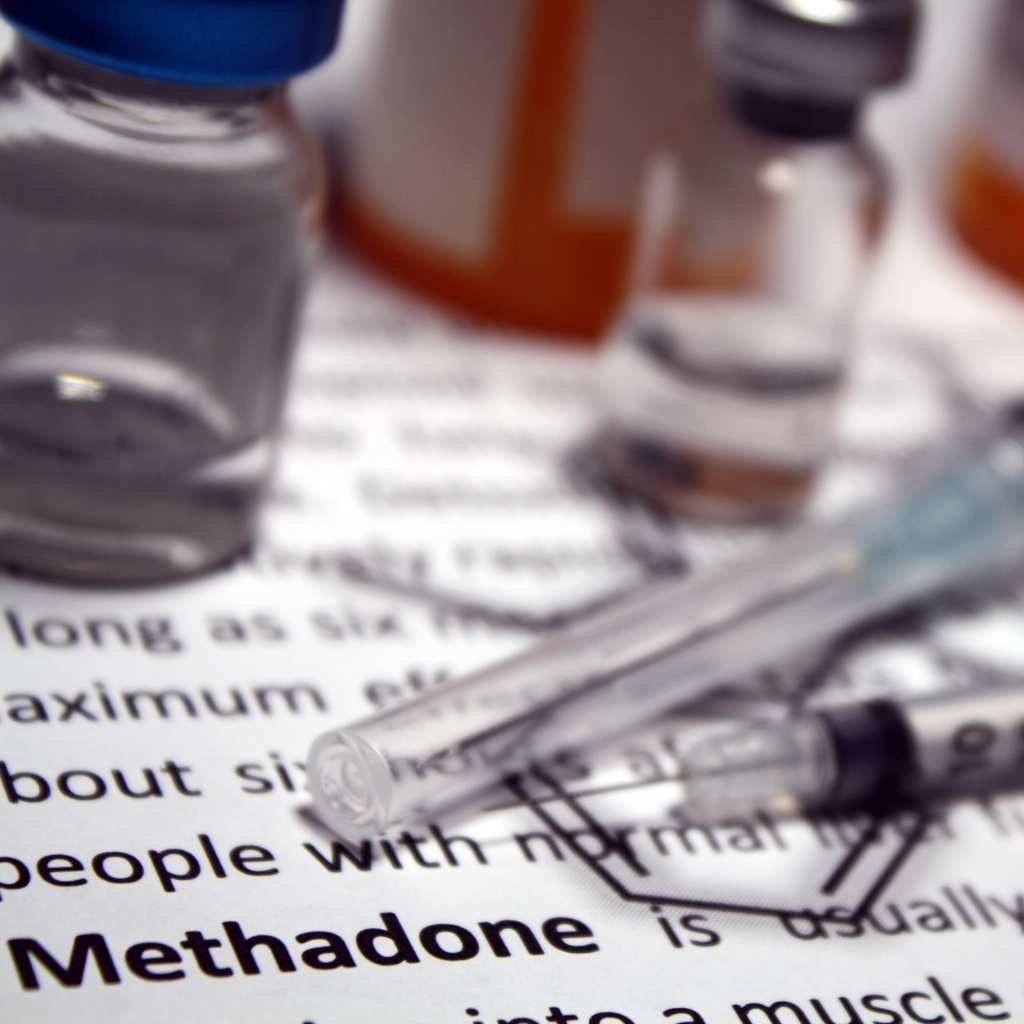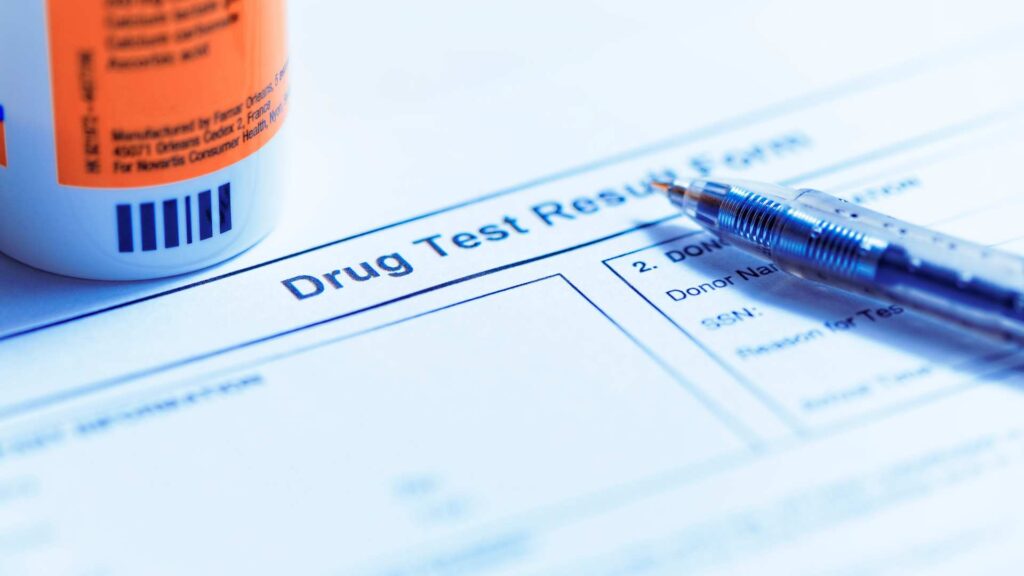Table of Contents
What is the window of detection for methadone?
If you’ve found yourself asking, “How long does methadone detected in urine?” you’re not alone. Whether you’re taking methadone as part of a treatment plan or you’re trying to understand its effects on someone close to you, it’s a valid question. Methadone, while often life-saving in the proper context, can be a misunderstood medication. People searching for this information usually have concerns about drug tests, how the body processes methadone, or why it remains detectable for longer than other substances.
Understanding methadone’s timeline in your system starts with knowing what methadone is and why it behaves the way it does. Unlike some other medications, methadone lingers for a while because of its chemical structure and purpose. While that can feel concerning, it’s essential to know the why behind it—methadone isn’t just another opioid. When used appropriately, it serves as a key tool in overcoming opioid addiction.
In this blog by GateHouse Treatment, we’ll break it all down: What methadone is, why it lasts so long, how urine drug tests detect it, and how long it stays in your system. If you’re on methadone or considering it as part of a recovery program, this information can help you feel more informed, confident, and in control.
What is Methadone, and Why is It Prescribed?
Methadone is a synthetic opioid medication primarily used in medication-assisted treatment (MAT) programs to help people recover from opioid use and as an alternative for chronic pain management. Unlike substances like heroin or oxycodone, methadone can reduce withdrawal symptoms and cravings without producing the same intense high.
Clinicians often prescribe methadone because it helps stabilize individuals during recovery. By managing withdrawal symptoms in a controlled way, methadone gives people a chance to rebuild their lives without the chaos of opioid dependence.
The challenge with methadone, however, lies in its potency and long half-life. It stays in the body much longer than other opioids.

For someone struggling with dependence, this is a benefit—it prevents the rollercoaster of highs and lows that drive misuse. But for those who might be undergoing drug testing, it’s essential to know that methadone can remain detectable for days, sometimes even longer, depending on individual factors.
How Does Methadone Work in the Body?
To understand why methadone stays in your system for so long, it helps to look at how the body processes it.
When individuals take methadone, it’s absorbed into their bloodstream and travels to the brain, where it binds to opioid receptors. This process is the same as other opioids, but methadone works gradually. Unlike short-acting opioids that flood the system and wear off quickly, methadone builds up progressively and lasts for much longer.
According to the Journal of General Internal Medicine, methadone works by activating opioid receptors, blocking specific brain signals (N-methyl-D-aspartate receptors), and affecting neurotransmitter reuptake. When taken orally, methadone starts working within 30 minutes, reaches peak blood levels in 2–4 hours, and has a bioavailability of 70–90%.
Methadone has a long “half-life,” which means it takes longer for your body to break it down and eliminate it. For most people, methadone’s half-life ranges between 5 to 59 hours, depending on their metabolism, age, and overall health. Because of this, methadone can remain active in the body even after you no longer feel its effects.
How Long Is Methadone Detected in Urine?

If you are undergoing a urine drug test, methadone can typically be detected within 3 to 8 hours after taking it. It may remain detectable for 2 to 7 days after the last dose, according to the FDA. However, this detection window can vary based on several factors.
- Dosage and Frequency: Higher doses or long-term use of methadone means it will take longer to leave your system entirely.
- Metabolism: People with slower metabolisms—due to age, liver health, or genetics—will process methadone more slowly.
- Hydration and Overall Health: Staying hydrated can help the body eliminate methadone more efficiently, while dehydration can cause it to linger longer.
Urine tests are one of the most common methods used to detect methadone because they’re affordable and reliable. While blood, saliva, and hair tests can also detect methadone, urine tests are preferred for routine screenings.
Why Does Methadone Stay in the System So Long?
Methadone’s extended detection time comes down to its chemical structure and half-life. Unlike short-acting opioids that your body eliminates quickly, methadone builds up in fat tissues and releases slowly over time. This gradual release is part of what makes methadone so effective in opioid dependence treatment—it provides steady, lasting relief from cravings and withdrawal symptoms.
For someone taking methadone as prescribed, this isn’t a bad thing. It helps keep cravings at bay and provides a stable foundation for recovery. However, it does mean that methadone sticks around longer, which is essential to keep in mind if you’re concerned about drug tests or interactions with other medications.
The Role of Medication-Assisted Treatment
Methadone is a controlled substance with legitimate medical uses but carries a significant risk of dependence if not appropriately managed. However, when prescribed by a qualified professional as part of a medication-assisted treatment (MAT) program, it becomes a powerful resource in recovery from opioid or alcohol use disorders.
MAT uses FDA-approved medications like methadone, Vivitrol, and Suboxone alongside counseling to support comprehensive healing. Under careful medical supervision, methadone helps stabilize individuals by managing withdrawal symptoms and cravings, enabling them to focus on rebuilding their lives and achieving long-term recovery goals. While not a standalone cure, it’s a vital step toward a healthier future.
How GateHouse Treatment Can Help You Achieve Recovery
At GateHouse Treatment, we understand that recovery looks different for everyone. MAT can provide the stability you need to take those first steps toward healing—our support systems help you build a strong foundation for long-term recovery.
We’re here to walk alongside you, whether you’re just starting your recovery journey or looking for additional support. Methadone and other FDA-approved medications, when used correctly, can be a powerful tool—but recovery is about so much more than medication. It’s about finding hope, rebuilding trust, and creating a future you’re proud of.
If you or someone you love is struggling with opioid dependence, call us at (855) 448-3588 or schedule a free consultation. Recovery is possible, and we’re here to help every step of the way.
- How a Partial Hospitalization Program Supports Addiction Recovery - March 19, 2025
- Exercise for Addiction Recovery: A Power Way for Healing and Balance - March 7, 2025
- Alcohol Poisoning: How to Recognize and Prevent It - February 26, 2025




